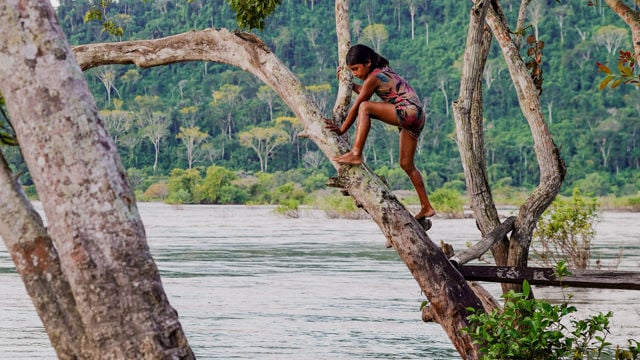What is aid?

In Norway, the term “development aid” is primarily used when referring to public resources that are intended to support and underpin social and economic development in developing countries. This can be interpreted to include a very broad spectrum of activities, and donors often have differing opinions regarding what promotes development, as well as when and how. Therefore, through the "Development Assistance Committee" (DAC) – a forum for donor countries of which Norway is also a member – the Organisation for Economic Co-operation and Development (OECD) has set an international standard for what may be considered development aid or "Official Development Assistance" (ODA), which is the international term.
According to the DAC definition, development aid consists of monetary contributions, materials, activities, or services (expertise/competence) for which the primary goal is to contribute to economic and social development (increasing welfare) in one or more developing countries (low or middle income countries). The list of countries that qualify for receiving ODA is updated every three years, and countries that have remained high-income countries for three consecutive years are removed from the list.
As long as the work is in line with its purpose (economic and social development), and within the geographical framework (developing countries), it is up to the donor country to decide on the thematic areas, channels, measures, and budget volumes. As a result of this, since the establishment of the OECD Development Assistance Committee in 1960, a huge number of diverse focus areas, sectors, projects and initiatives have become part of international development aid. Different focus areas and a changing thematic focus may result from new crises or development trends in developing countries, or new ideas, knowledge or policies in donor countries. For example, ODA now encompasses everything from water and sanitation initiatives, efforts to reduce climate emissions, guarantee schemes for private investment in developing countries, support for democracy and institutions, as well as protection of vulnerable groups and minorities. There are certain areas, for example military operations, that cannot be reported as development aid, even if their purpose is to preserve peace and stability in developing countries.
In 1970, the United Nations General Assembly adopted a resolution that set the goal for all rich countries to reach a volume in development aid equivalent to 0.7 per cent of the respective countries’ gross national income (GNI) by 1975. While Sweden, the Netherlands, Norway and Denmark already achieved this goal in 1980, the DAC average has never exceeded 0.4 per cent. Different Norwegian governments have long had the goal of devoting one per cent of GNI to aid.
An important, fundamental distinction within ODA is between the long-term development aid and humanitarian emergency aid. Long-term development aid is intended to ensure long-term economic growth and reduce poverty, and is based on the donor country’s own political and/or professionally justified priorities, which should ideally harmonize with the political priorities of the partner (recipient) country. Humanitarian aid, on the other hand, is short-term and needs-driven and should ideally be implemented impartially and independently of the priorities of national governments.
Read more in the report Numbers that count - Statistics on Norwegian development aid in 2023 (Norwegian only).
See also: In-donor refugee costs in official development assistance (ODA)